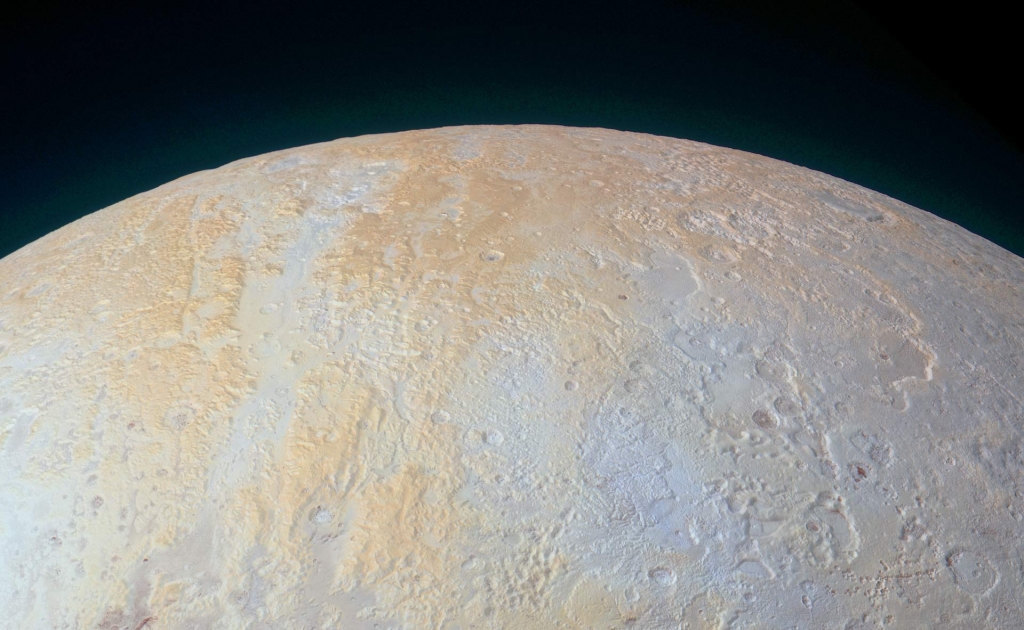-
Tips for becoming a good boxer - November 6, 2020
-
7 expert tips for making your hens night a memorable one - November 6, 2020
-
5 reasons to host your Christmas party on a cruise boat - November 6, 2020
-
What to do when you’re charged with a crime - November 6, 2020
-
Should you get one or multiple dogs? Here’s all you need to know - November 3, 2020
-
A Guide: How to Build Your Very Own Magic Mirror - February 14, 2019
-
Our Top Inspirational Baseball Stars - November 24, 2018
-
Five Tech Tools That Will Help You Turn Your Blog into a Business - November 24, 2018
-
How to Indulge on Vacation without Expanding Your Waist - November 9, 2018
-
5 Strategies for Businesses to Appeal to Today’s Increasingly Mobile-Crazed Customers - November 9, 2018
NASA photos shows Pluto’s North Pole region
To the east of these canyons, another valley winds toward the bottom-right corner of the picture.
Advertisement
Vast canyons on Pluto’s north pole: the widest of the canyons is marked in yellow; smaller canyons are green; the valleys are blue and pink; irregularly-shaped pits are red. The widest canyon is about 45 miles wide and runs close to the North Pole. Following recent photos of mountainous regions and a potential ice volcano, NASA has now published an image of the North Pole region, revealing a pockmarked topography full of frozen canyons and valleys.
The region’s composition and yellow hue are rare.
The coluor and composition of this region also are unusual with high elevations appearing in a distincive yellow not seen anywhere else on the dwarf planet. The yellowish terrain fades to a bluish gray at lower elevations and latitudes and coincides with New Horizons’ infrared measurements indicating methane ice is abundant across Lowell Regio. Another discovery is that while most of Pluto’s surface is made up of nitrogen ice, the polar region contains a higher amount of methane ice. New findings could help scientists understand how the dwarf planet became what it is today.
The image was obtained at a range of approximately 21,100 miles from Pluto, about 45 minutes before New Horizons’ closest approach of its historic flyby on July 14. It would take roughly a year to beam all the data from its mission.
It is all courtesy New Horizons, that NASA is able to give us all the latest updates on Pluto and its steady evolution. On Jan. 19, 2006, the nearly 1,000-pound spacecraft was launched from the Florida coastline at over 36,000 miles per hour.
Advertisement
An incredibly detailed new image of Pluto’s mysterious yellow north pole has been revealed.




























